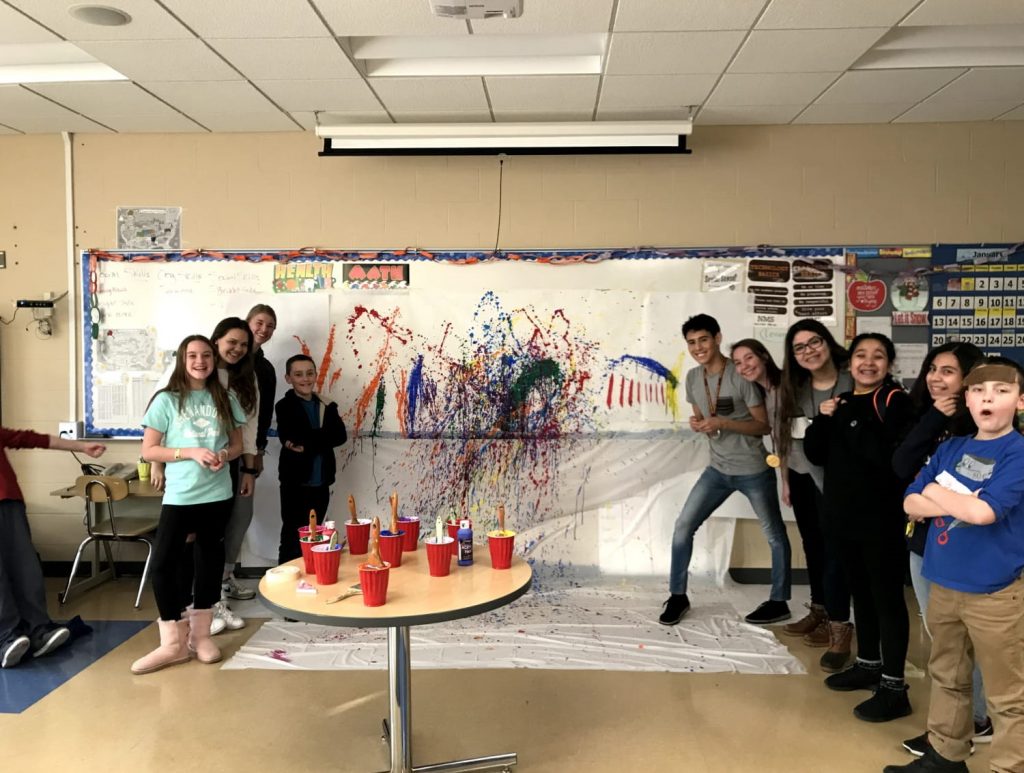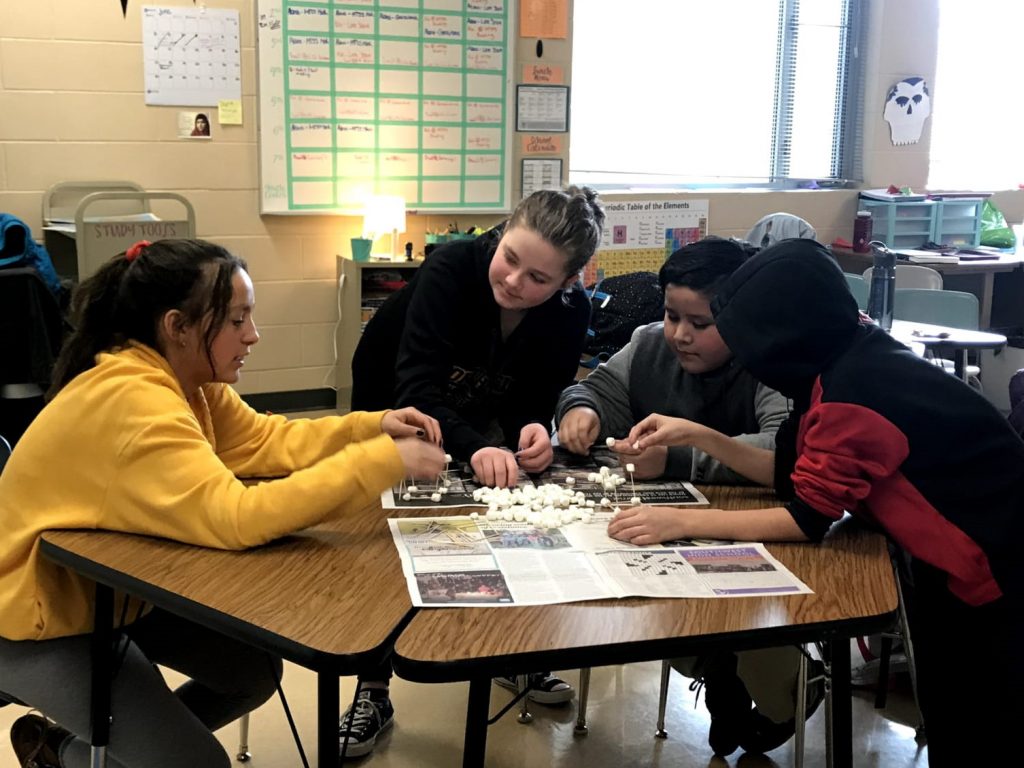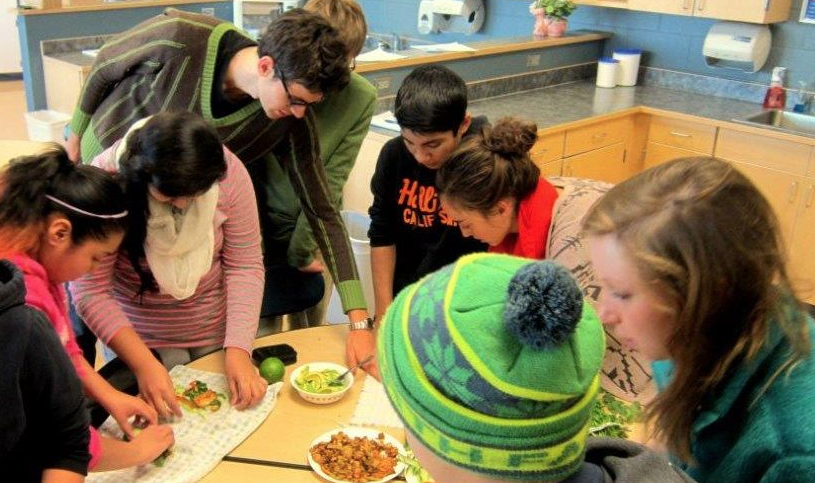
Anna Johnson, Visiting Assistant Professor in Psychology and Neuroscience, worked with Linda Oto, the Youth Development Coordinator of the Middle School Youth Center in this ACE course. Anna shared that working with the MSYC support three goals central to the course:
- observing the readings, theories and research in a real world setting,
- using knowledge of adolescent development to complete a community project,
- building on readings and in-class discussions to learn new aspects of adolescent development through face-to-face interactions.
reflections
One minor but impactful change Anna made to more fully integrate the ACE component into this second iteration of the class was to be more explicit in sharing connections to course material with one another, in having mixed-group in-class discussion to share experiences across the small groups, and project guidelines that explicitly asked student to use the theories in their lesson designs. As with all community-engaged work, it’s never finished, and there’s always room for improvement. One aspect that both Anna and Linda noted that could be improved in the future was preparation of the St. Olaf students for the experience and having clearer expectations of their role while at the MSYC.

Students in the Adolescence in Context course were tasked with developing “clubs” to implement at MYSC, an afterschool, drop-in center. Working in groups, students use their growing knowledge of adolescence to build on adolescents’ interests, strengths, and challenges. During week one, the students visited the MSYC to get a sense of how it operates. The following week, small groups came with a lesson in mind around a certain topic. After they facilitated it, their job was to revise and extend the lesson for the third and final week based on their knowledge of adolescent psychology and seeing it applied first-hand at the MSYC. This year, one group applied theories of identity and self development to design the Art of Selfies and Self Development club. For this club, students took and decorated polaroid portraits and discussed aspects of identity and self-esteem.
STUDENT REFLECTIONS
One student’s reflection paper described the third goal (learning through face-to-face interactions) in particular: “I saw so much variation between the students, which gave me a deeper appreciation for the fact that contextual factors interact to make each adolescent unique. The MSYC helped me to better comprehend that there is no such thing as ‘an average adolescent.’…I believe that the MSYC experience will continue to inform how I interact with them in the future.”
Another student shared how “it was especially interesting to see everything that we learned in class within a real-life context, which is something that I wish more classes at St. Olaf offered. I was surprised about how much I was able to learn through just chatting with the MSYC students. I also discovered a love for working with as well as being around adolescents within myself, which I hope I can incorporate into my future career path.”

The Middle School Youth Center is dedicated to providing free after-school programming that engages youth with their school and community while developing individual strengths and talents. The program welcomes Northfield youth in grades 6 through 8. The center is open from 3 to 5 p.m., Monday through Thursday, when school is in session. Their activities include:
- Homework assistance
- Clubs and workshops
- Physical recreation
- Cultural enrichment
- Interaction with peers and caring adults
- Opportunities to engage in community service
Reflection
Linda Oto, the Youth Development Coordinator of the Middle School Youth Center, shared that “There was laughter, movement and conversation in every group – which isn’t always easy to accomplish with that age group. It was obvious the St. Olaf students had put a lot of thought and planning into their activities in an effort to engage kids.”
*This story was written about Adolescence in Context taught by Anna Johnson in Interim 2019.
You must be logged in to post a comment.